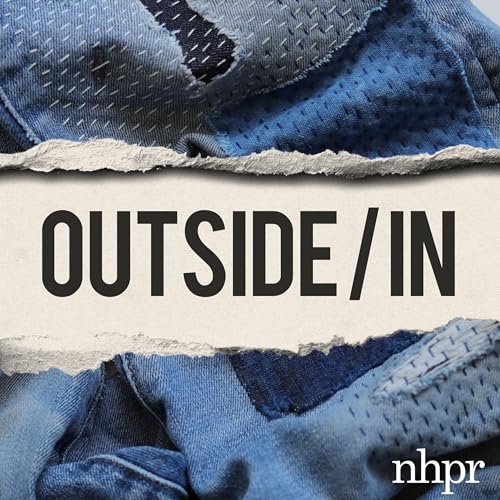At any given time, millions of lab mice are being used in research facilities nationwide. And yet nearly all of them can be connected back to a single source: The Jackson Laboratory in Bar Harbor, Maine, where the modern lab mouse was invented.
What started as a research project aimed at understanding heredity is now a global business. Research on lab mice has led to more than two dozen Nobel prizes, helped save countless human lives, and has pushed science and medicine to new heights. But behind it all is a cost that’s rarely discussed outside of the ethics boards that determine how lab mice are used.
In this episode, we hear the story of how a leading eugenicist turned the humble mouse from a household pest into science’s number one guinea pig. Plus, we get a rare peek inside the Jackson Laboratory - where over 10,000 strains of lab mice DNA are kept cryogenically frozen.
Featuring Bethany Brookshire, Kristin Blanchette, Lon Cardon, Rachael Pelletier, Karen Rader, Nadia Rosenthal and Mark Wanner. Produced by Jeongyoon Han. For a transcript and full list of credits, go to outsideinradio.org.
Note: This episode originally aired in April, 2023.
SUPPORT
Outside/In is made possible with listener support. Click here to become a sustaining member of Outside/In.
Follow Outside/In on Instagram or join our private discussion group on Facebook.
Submit a question to the “Outside/Inbox.” We answer queries about the natural world, climate change, sustainability, and human evolution. You can send a voice memo to outsidein@nhpr.org or leave a message on our hotline, 1-844-GO-OTTER (844-466-8837).
LINKS
Karen Rader’s book, Making Mice: Standardizing Animals for American Biomedical Research, 1900-1955, is a definitive source on the birth of the lab mouse…
Curious to learn more about pests? Take a look at Bethany Brookshire’s book, Pests: How Humans Create Villains.
This piece from the New Yorker questions the assumptions and ethical choices scientists have made by using lab mice in sterilized lab environments.
In this New York Times essay, Brandon Keim explores how some ethicists want to reduce harm to animals used for research through a new model: repaying them.
Hosted by Simplecast, an AdsWizz company. See pcm.adswizz.com for information about our collection and use of personal data for advertising.
 Dec 17 202532 min
Dec 17 202532 min Dec 10 202528 min
Dec 10 202528 min Dec 3 202539 min
Dec 3 202539 min 28 min
28 min Nov 19 202537 min
Nov 19 202537 min 29 min
29 min 27 min
27 min Oct 30 20253 min
Oct 30 20253 min
